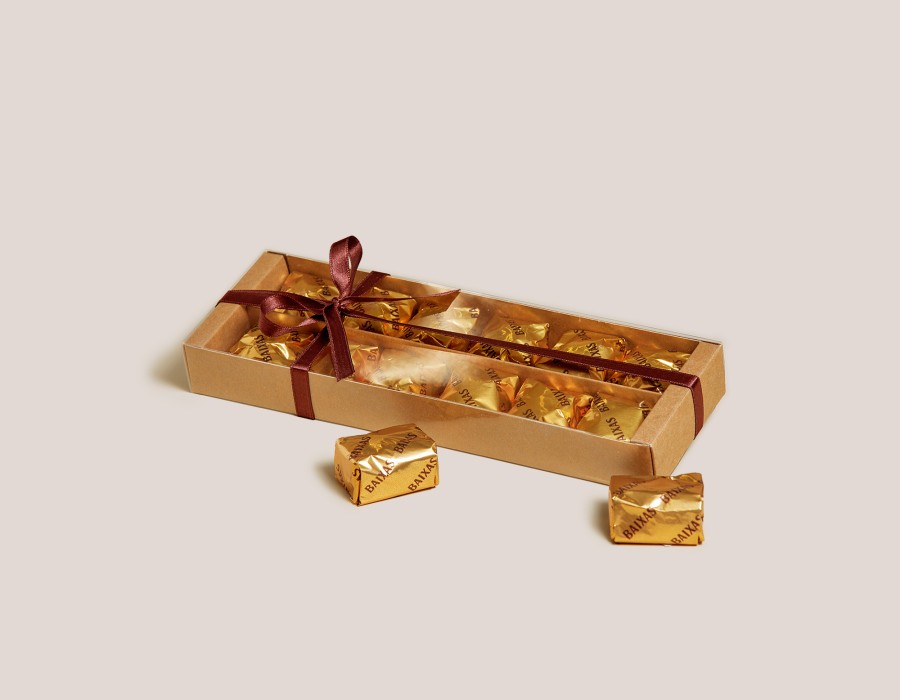Marron glacé, a confection made from candied chestnuts, has a long-standing tradition in European gastronomy. This delicacy originated in France and Italy, where it became synonymous with refinement and culinary craftsmanship. The process of candying chestnuts dates back to the 16th century, when noble households sought luxurious ways to preserve and enhance the natural flavors of seasonal ingredients. Over time, this sweet treat became an emblem of festive occasions, particularly in winter, when chestnuts are in abundance.
In France, marron glacé is often associated with the regions of Ardèche and Lyon, where specialized artisans have perfected the candying technique over centuries. Italy, particularly in the Piedmont region, also boasts a rich history of producing high-quality marron glacé. These locations remain integral to the confection's identity, as their methods have been passed down through generations.
The Meticulous Process of Crafting Marron Glacé
Creating marron glacé requires patience and precision. The process begins with the careful selection of large, high-quality chestnuts, which must be free of blemishes and uniform in size. Once selected, the chestnuts undergo a delicate peeling procedure that removes both the outer shell and inner skin without breaking the nut. This meticulous step ensures a smooth texture in the final product.
The peeled chestnuts are then simmered in sugar syrup over several days. This gradual infusion of sweetness preserves the nut’s natural flavor while creating a delicate, crystallized coating. The controlled temperature and precise soaking intervals are crucial, as they prevent the chestnut from becoming too soft or overly sugary. The final stage involves drying the candied chestnuts to achieve the perfect texture—a balance between tenderness and firmness.
The Luxurious Taste and Texture of Marron Glacé
One bite of marron glacé reveals its exquisite combination of flavors and textures. The exterior offers a delicate sugary crust, while the inside remains soft and slightly creamy. The natural earthiness of the chestnut is complemented by the gentle caramelization of the sugar, creating a nuanced taste that is both rich and refined.
This confection is often enjoyed on its own as an indulgent treat, but it also pairs beautifully with various culinary creations. Pastry chefs frequently incorporate marron glacé into cakes, tarts, and creams, enhancing desserts with its unique sweetness and velvety consistency. Its sophisticated profile makes it a staple in gourmet patisserie, where it elevates traditional recipes with an extra layer of elegance.
Marron Glacé in Modern Gastronomy
While marron glacé remains deeply rooted in historical traditions, modern chefs have found innovative ways to integrate it into contemporary cuisine. Beyond its role in pastries, it now appears in unconventional pairings, such as being finely chopped into ice creams, incorporated into mousses, or even infused into savory dishes. The delicate sweetness of marron glacé balances well with flavors like dark chocolate, vanilla, and citrus, offering endless possibilities for creative culinary applications.
Additionally, as consumers increasingly seek premium and artisanal products, the demand for high-quality marron glacé continues to rise. Gourmet brands and specialty confectioners have responded by refining their production techniques and exploring organic and sustainable chestnut sources to cater to evolving tastes.
The Cultural Significance of Marron Glacé
Marron glacé is more than just a confection; it is a symbol of celebration and craftsmanship. In France and Italy, it is commonly gifted during the holiday season, often presented in elegant packaging that underscores its luxury status. The act of giving marron glacé reflects appreciation and a taste for fine delicacies, making it a cherished tradition among families and friends.
Beyond its festive associations, marron glacé also embodies a commitment to artisanal excellence. The intricate preparation process highlights the dedication required to transform a simple chestnut into a sophisticated delight. Its enduring presence in high-end patisserie ensures that this classic treat remains a beloved part of culinary heritage.
Conclusion
Marron glacé stands as a testament to the artistry of confectionery, merging tradition with elegance. Its rich history, painstaking production process, and luxurious taste make it a prized delicacy in European gastronomy. Whether enjoyed as a standalone indulgence or integrated into exquisite desserts, marron glacé continues to captivate those who appreciate fine sweets. As it finds new expressions in contemporary cuisine, this classic confection remains a symbol of craftsmanship, luxury, and timeless delight.





Comments